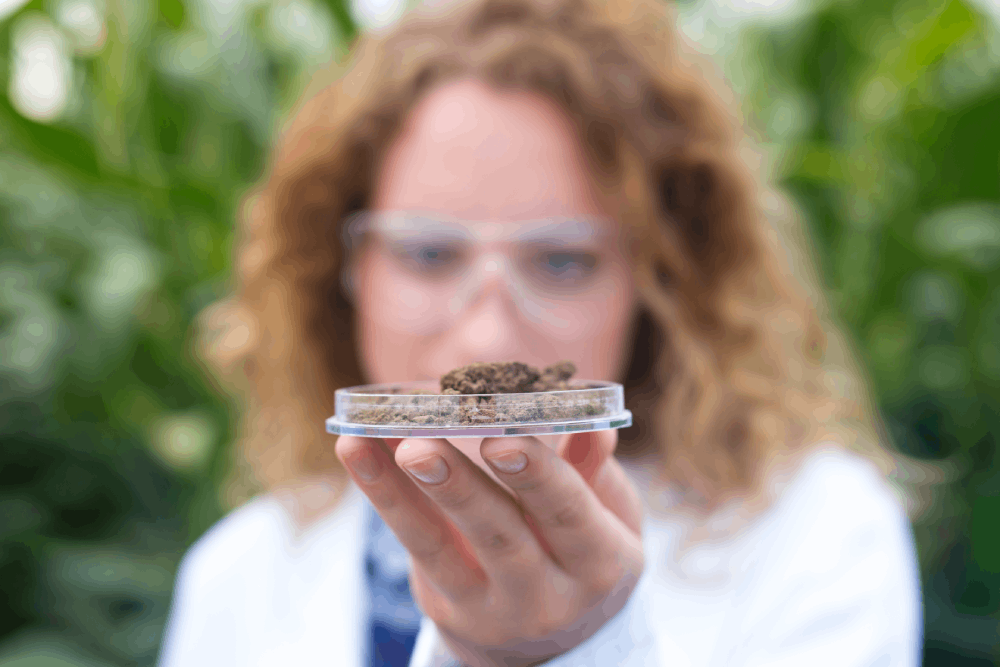
You've probably heard conflicting information about K2's addictive potential, and that's understandable given the drug's complex nature. K2, also known as Spice, contains synthetic cannabinoids that bind to your brain's receptors far more aggressively than natural marijuana. This intense chemical interaction creates a perfect storm for dependency that's often underestimated. What makes K2 particularly dangerous isn't just its potency—it's the unpredictable way your body responds to its ever-changing chemical makeup.
What Is K2 and How Does It Work?
K2, also known as Spice, is a synthetic cannabinoid designed to replicate the effects of marijuana. However, it presents significantly higher risks. These synthetic chemicals interact with the brain's receptors in a manner similar to THC, the active component in cannabis, leading to intense and often unpredictable effects.
K2 is typically available as a dried plant material coated with synthetic compounds, which can be smoked, vaporized, or ingested.
The composition of K2 can vary widely between batches, contributing to its dangerous and unpredictable nature. In contrast to natural marijuana, the use of K2 is associated with severe health concerns, including the potential for psychosis and overdose. Understanding K2 symptoms is crucial for recognizing when someone may be experiencing adverse effects from this dangerous substance.
The unpredictable chemical formulations used in K2 production increase the risk of addiction substantially. Due to these factors, K2 is considered particularly hazardous compared to other synthetic cannabinoids.
Understanding K2's Addictive Properties
Synthetic cannabinoids, such as K2, can lead to a cycle of dependence relatively quickly due to their high potency, which often exceeds that of natural marijuana.
Users may experience strong cravings and withdrawal symptoms, including anxiety, irritability, and sleep disturbances, when discontinuing use. The fast development of physical dependence is partly attributed to K2's unpredictable chemical composition.
Initial use is often influenced by environmental factors and peer pressure, which can gradually lead to addiction. Data indicates that a significantly higher number of individuals, approximately 200% more, require medical attention due to K2 use compared to other substances.
The inability to predict the specific synthetic cannabinoids being consumed further elevates the risk of addiction with each use.
Physical and Psychological Effects of K2 Use
K2, a synthetic cannabinoid, poses significant health risks due to its physical and psychological effects. Users may experience severe side effects such as hallucinations, paranoia, elevated heart rate, nausea, and seizures.
The synthetic compounds in K2 interact with brain receptors more intensely than natural marijuana, leading to notable psychological disturbances. Research from the National Institute on Drug Abuse provides comprehensive information about this dangerous synthetic cannabinoid and its harmful effects on users. Prolonged use can result in cognitive impairments, including memory deficits and a reduced attention span.
Upon cessation, individuals may encounter withdrawal symptoms like intense cravings, anxiety, and irritability, which can perpetuate the cycle of addiction and complicate the recovery process.
Withdrawal Symptoms and Dependence
When individuals cease regular use of K2, a synthetic cannabinoid, the body's dependence on the substance can manifest through various withdrawal symptoms.
Commonly reported symptoms include cravings, anxiety, irritability, insomnia, headaches, and vivid dreams. The potential for addiction becomes apparent even with short-term use, often necessitating professional intervention to manage these symptoms effectively.
Physical dependence can develop rapidly, making withdrawal challenging to address without assistance. Medical support is frequently required due to the intensity of these symptoms, highlighting the addiction risk associated with K2 and the body's swift adaptation to its presence.
Risk Factors for K2 Addiction
Identifying personal risk factors is crucial in assessing vulnerability to K2 addiction. A family history of substance abuse can increase the likelihood of developing a dependency on synthetic marijuana.
Environmental factors, such as peer pressure and association with drug-using communities, can further elevate the risk of experimentation with K2. Additionally, individuals with mental health disorders, including anxiety and depression, may resort to self-medicating with synthetic marijuana, potentially leading to dependency.
Those with inadequate coping skills may be more prone to using substances like K2 during periods of stress. The accessibility of synthetic marijuana, often marketed as legal and safe, can also contribute to its misuse.
Understanding these risk factors is essential for determining the need for addiction treatment.
Treatment Options for K2 Addiction
Understanding your risk factors for K2 addiction is crucial in exploring treatment strategies to overcome dependency.
Effective treatment programs often incorporate behavioral therapies such as Cognitive-Behavioral Therapy, alongside Medication-Assisted Treatment, to manage cravings and physical dependence.
For individuals with severe K2 addiction, inpatient treatment offers a structured setting with comprehensive monitoring. In contrast, outpatient treatment may be suitable for those with less severe cases, allowing them to fulfill daily responsibilities while participating in therapy sessions.
Additionally, support networks like 12-step programs provide valuable peer-led support, fostering community connections that are important for recovery from K2 addiction.
Conclusion
You're facing a serious addiction if you've become dependent on K2. Don't underestimate the drug's powerful grip on your mind and body. You'll likely experience intense cravings and uncomfortable withdrawal symptoms when you try to quit. However, you can overcome this addiction with professional help. Reach out to addiction specialists, consider therapy options, and build a strong support system. Recovery's possible, but you'll need comprehensive treatment to break free from K2's hold.

